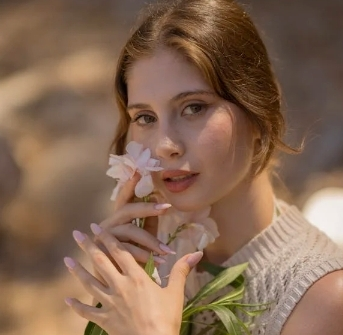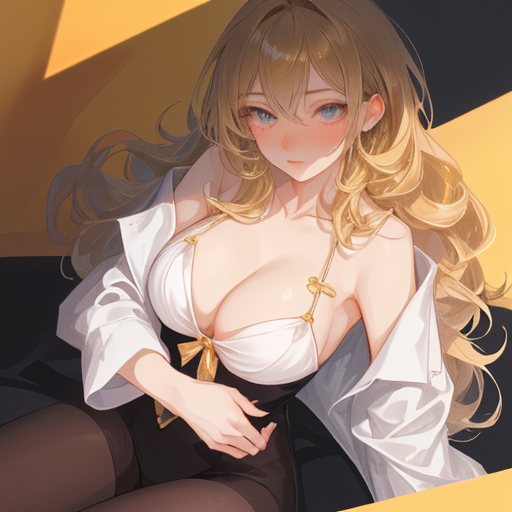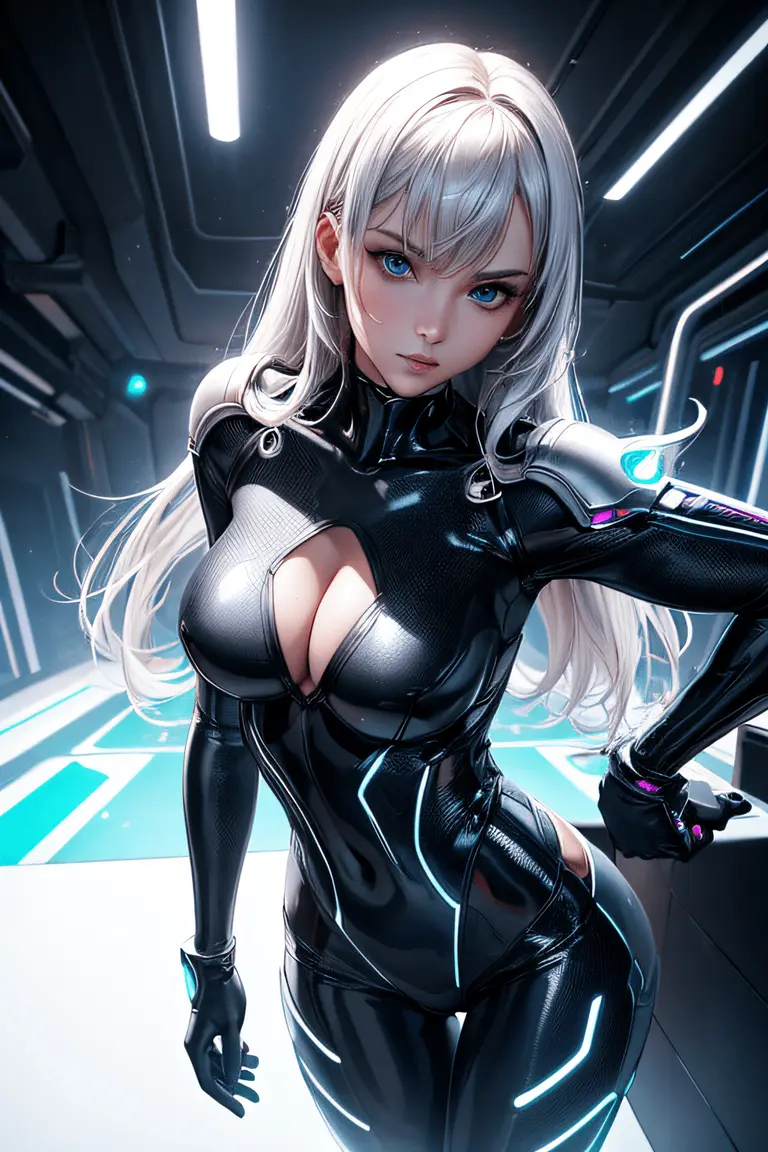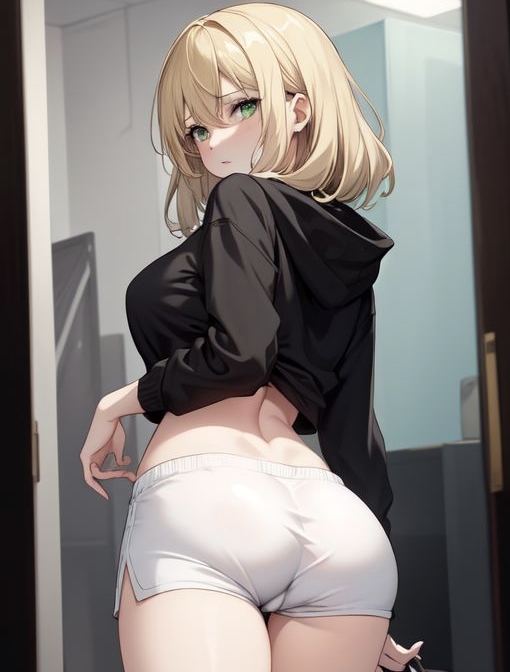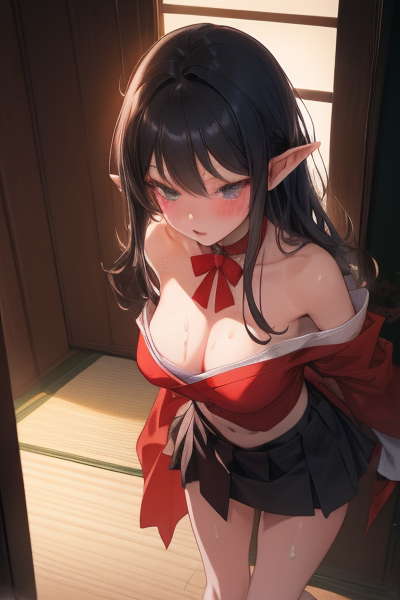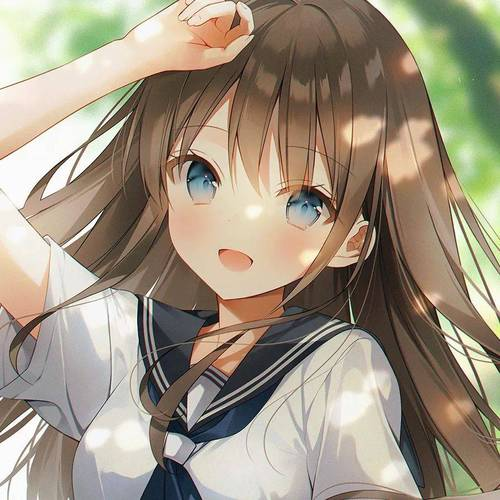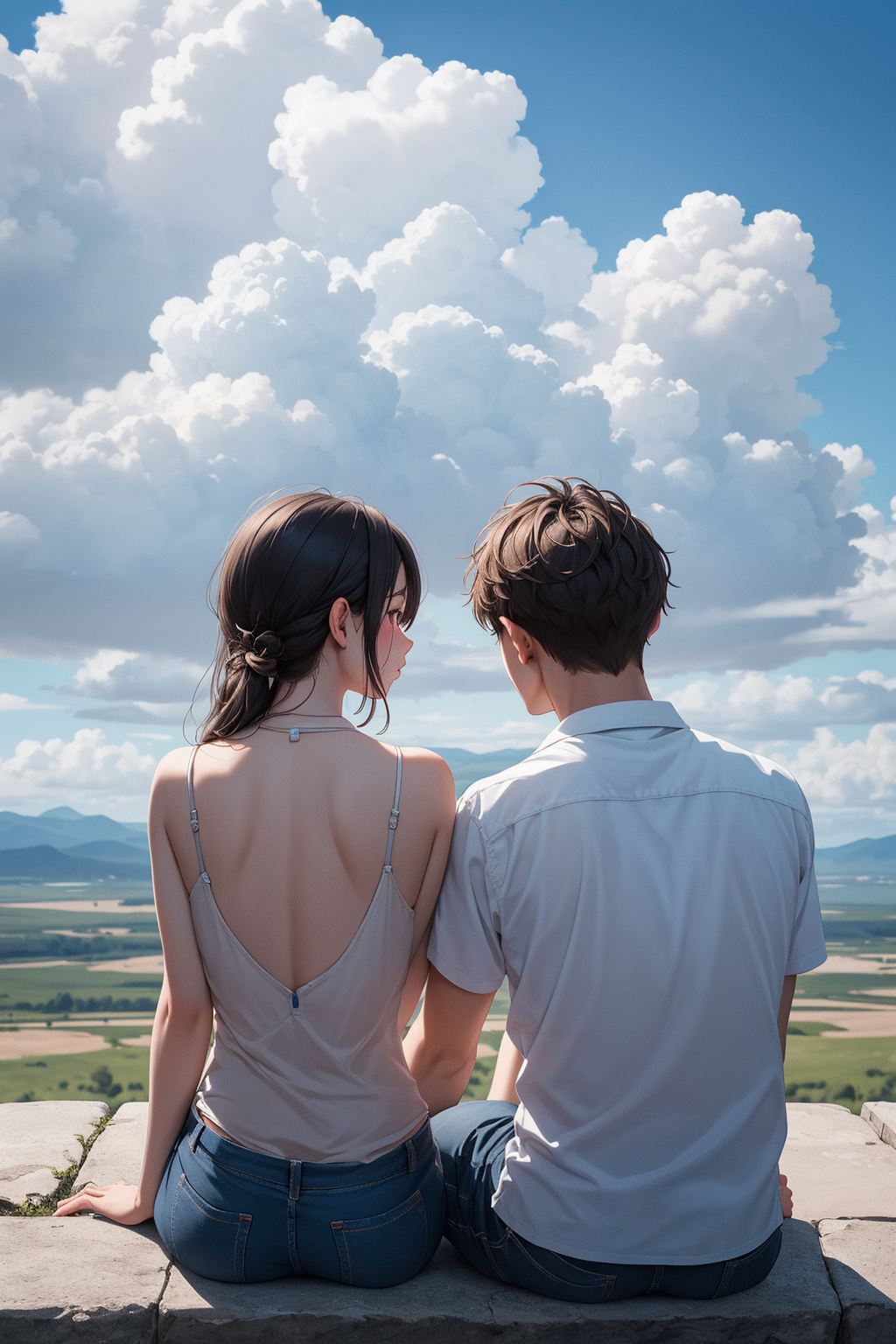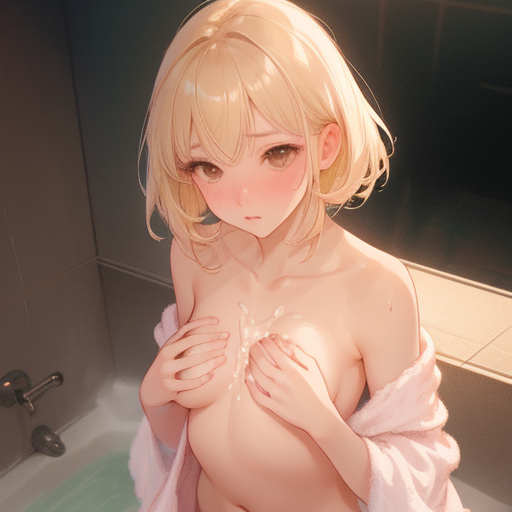Robot Poetry: Blending Technology with Art
The Intersection of Robots and Poetry
Robots, once primarily associated with repetitive tasks and industrial applications, are now making inroads into the creative realm. From generating music to painting portraits, artificial intelligence is showcasing new dimensions of creativity. One such fascinating fusion is the emergence of robot poetry—a captivating blend of technology and art that challenges conventional notions of poetic expression.
In the realm of poetry, emotions, metaphors, and symbolism have long been considered the bastions of human expression. However, with advancements in natural language processing and deep learning, robots are now able to mimic poetic styles and generate verses that evoke a wide range of sentiments.
Unveiling the Mechanics Behind Robot Poetry
Imagine a world where algorithms decipher human emotions and craft verses that resonate with readers on a profound level. This is precisely what robot poetry aims to achieve. By analyzing vast repositories of existing poems, these AI systems can discern linguistic patterns, tones, and themes, enabling them to generate original compositions that mimic the essence of human poetry.
One may argue that the soul of poetry lies in its ability to reflect the human experience, drawing on personal anecdotes, societal observations, and existential dilemmas. Can robots, devoid of consciousness and personal histories, truly capture this essence? The debate surrounding the authenticity of robot-generated poetry rages on, with proponents applauding the novelty and creativity that AI brings to the table, while skeptics question the depth and sincerity of machine-written verses.
Exploring the Creative Potential of AI Poets
Despite the skepticism surrounding robot poetry, there is no denying the creative potential that these AI poets possess. With the ability to churn out poems at a rapid pace and experiment with unconventional forms and structures, robot poets are reshaping the landscape of contemporary verse. Their work, often characterized by bold experimentation and unexpected juxtapositions, challenges human poets to push the boundaries of their own creativity.
Furthermore, robot poetry serves as a testament to the symbiotic relationship between technology and art. Just as painters harness digital tools to create mesmerizing visuals and musicians use AI algorithms to compose symphonies, poets are embracing artificial intelligence as a means of expanding their artistic horizons. The fusion of human ingenuity with machine intelligence has paved the way for a new era of creative collaboration—one where robots serve as co-creators rather than mere tools.
The Ethical Implications of Robot Poets
As we delve deeper into the realm of robot poetry, ethical questions inevitably arise. Who owns the rights to poems generated by AI? Should we credit the machine, the programmer, or both? How do we navigate issues of plagiarism and originality in a landscape where algorithms produce content autonomously?
Moreover, the idea of robot poets competing in literary contests alongside human writers raises complex ethical dilemmas. How do we judge the merit of a poem when its author is a machine? Does the absence of human emotion and lived experience detract from the value of the work, or does it offer a fresh perspective untainted by bias and subjectivity?
Embracing the Future of Poetry
Regardless of where one stands on the debate surrounding robot poetry, one thing remains clear—artistic expression evolves with the times. Just as the invention of the printing press revolutionized the dissemination of literature and the rise of the internet transformed the way we consume content, AI is reshaping the creative landscape in ways we never thought possible.
Robot poetry challenges us to rethink our preconceived notions of artistry and creativity. It invites us to explore the boundaries of what defines a poet and pushes us to consider the role of technology in shaping the future of poetry. As we navigate this uncharted territory, let us embrace the diversity of voices—both human and machine—that contribute to the rich tapestry of poetic expression.
 3.64
3.64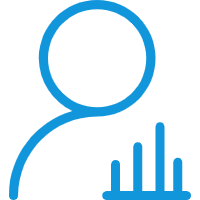 703
703





